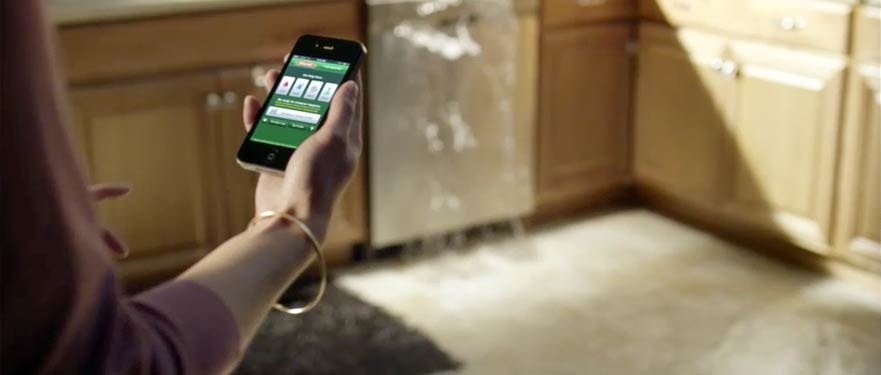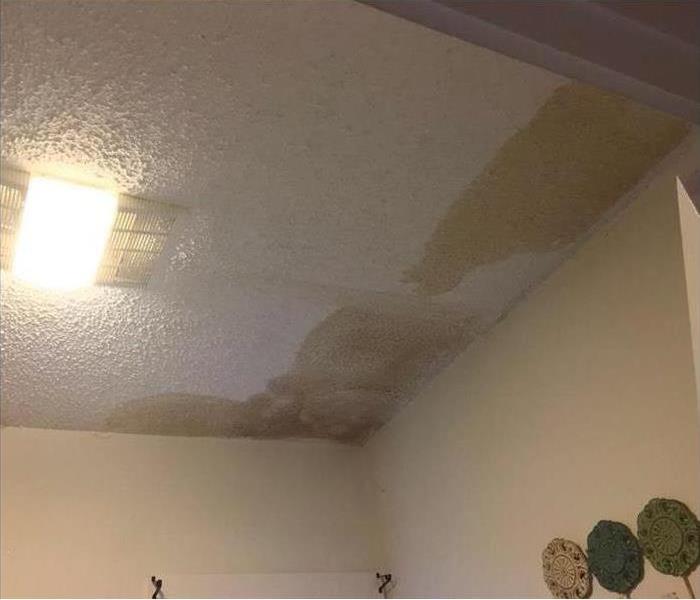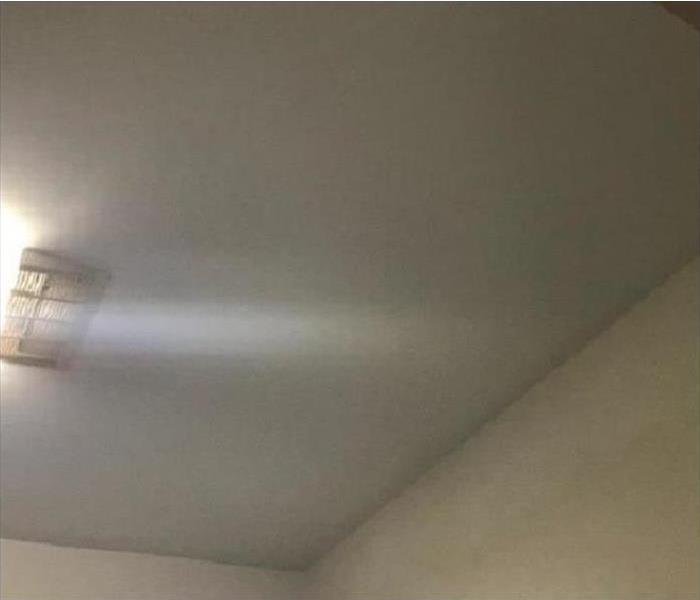
Water Damage Emergency Tips
What you can do until help arrives
Water Tips | Fire Tips | Biohazard Tips | Mold Tips
Why Is Water Damage a Threat to Clearwater Homes?
Most water damage events are unpredictable and devastating for properties when they are poorly managed. As quickly as moisture can spread in the household and through its building materials, there is a finite window of time to begin effective mitigation and restoration before irreparable harm results. Within the first 48 hours, many of the affected building materials and structural elements exposed to water damage can still be salvaged. Beyond this point, the possibilities of restoring materials like drywall and carpeting reduce immensely. Prolonged water exposures result in:
- Weakened structure
- Physical sagging or deterioration
- Mold and mildew development
- Staining and surface marring
What Should Happen First After a Water Damage Event?
Many daily lives of local residents are busy, so coming home after a long day to a leaking pipe or broken appliance flooding your Clearwater home can be overwhelming. You must reach out to experienced restoration professionals like our SERVPRO team as quickly as possible. The faster we respond to these emergencies, the more restorable your home becomes. We have effective mitigation strategies that can start as soon as we arrive.
There are steps that you can take in the small window before our professionals reach your home to help protect the things that matter most and get the needed paperwork and approvals started, including:
- Relocating at-risk contents when safe
- Opening up doors and windows for airflow
- Contact your insurance company
Have A Water Damage Emergency? Call (727) 614-0099
What To Do After Flooding
- Remove excess water by mopping and blotting.
- Wipe excess water from wood furniture after removal of lamps and tabletop items.
- Remove and prop wet upholstery and cushions.
- Place aluminum foil or wood blocks between furniture legs and wet carpeting.
- Turn air conditioning on for maximum drying in summer.
- Remove colored rugs from wet carpeting.
- Remove art objects to a safe, dry place.
- Gather loose items from floors.
What NOT To Do After Flooding
- Don't leave wet fabrics in place. Hang furs and leather goods.
- Don't leave books, magazines or other colored items on wet carpet or floors.
- Don't use your household vacuum to remove water.
- Don't use television or other household appliances.
- Don't turn on ceiling fixtures if ceiling is wet, and keep out of rooms where ceilings are sagging.




 24/7 Emergency Service
24/7 Emergency Service




